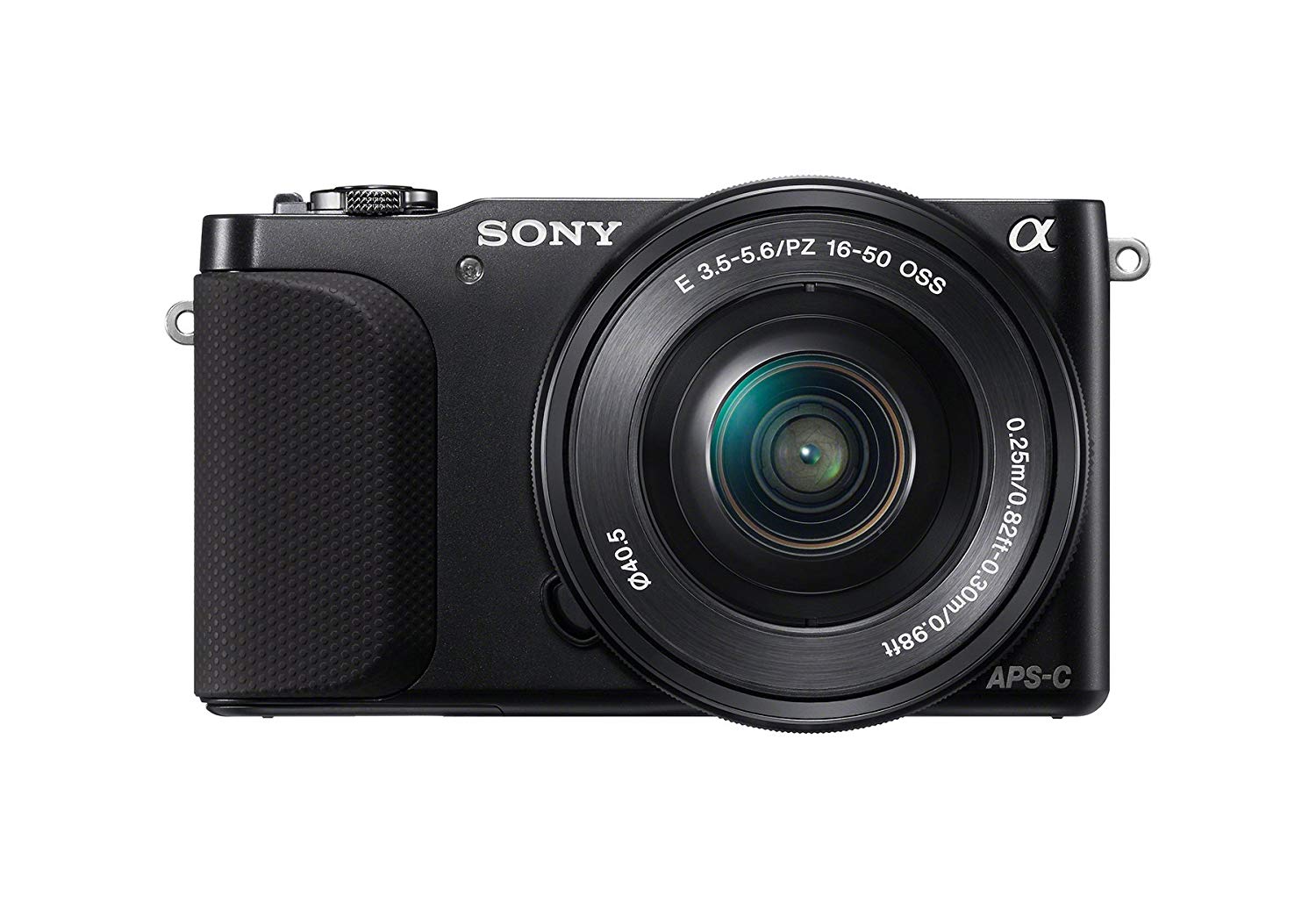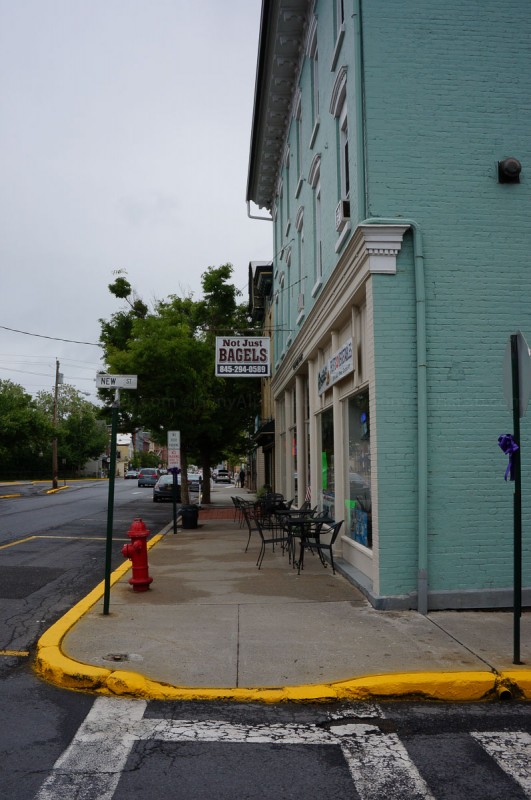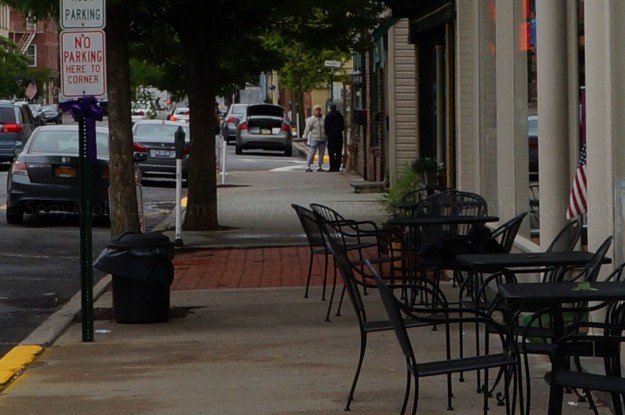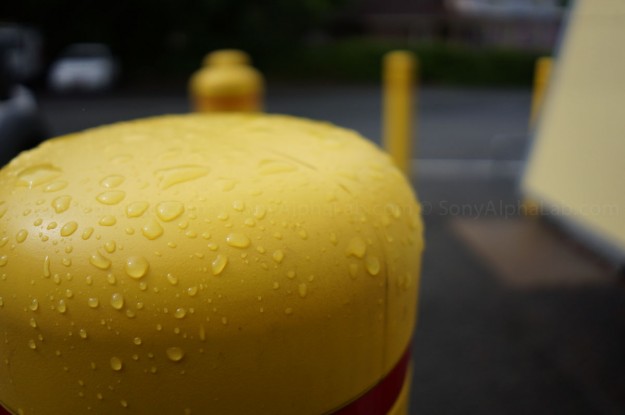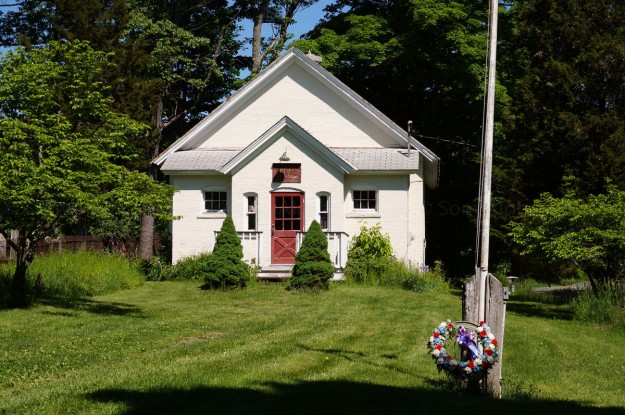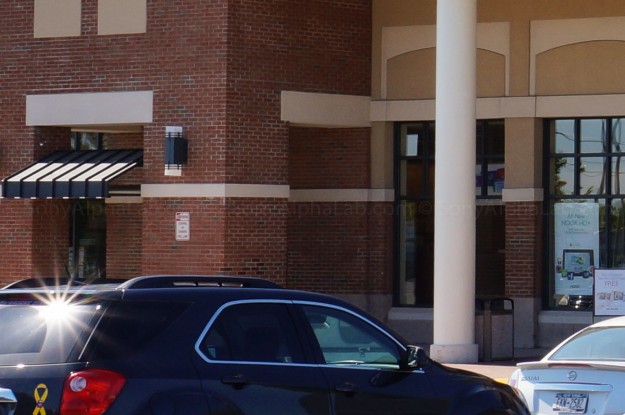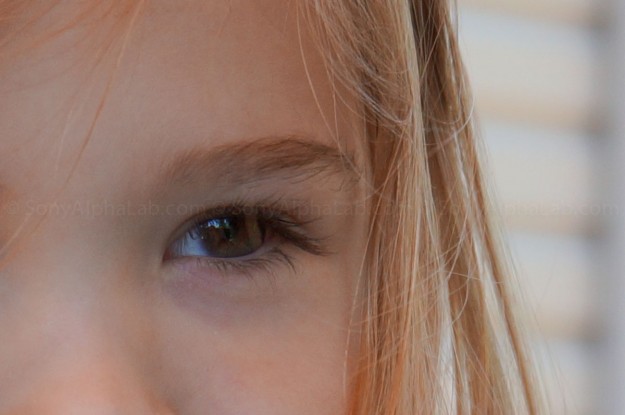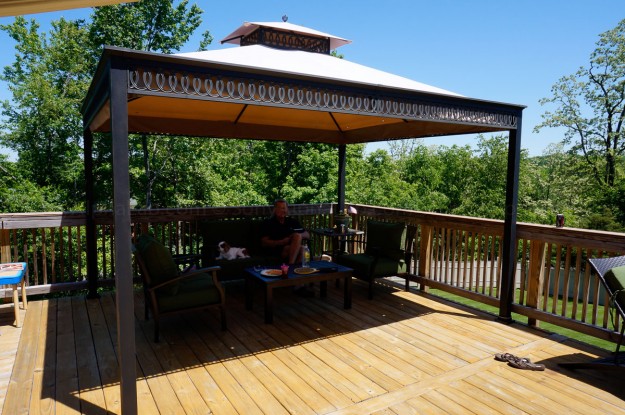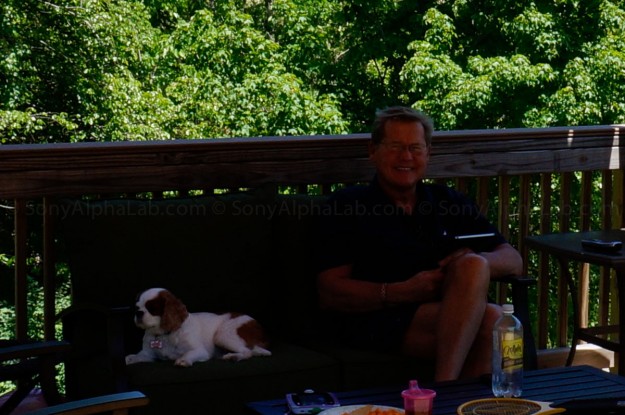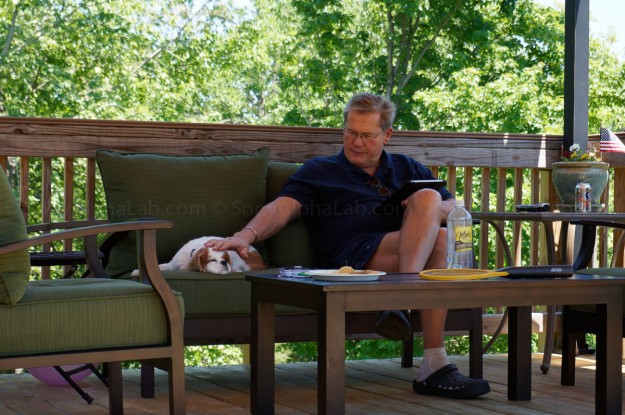I’ve had a few days now to play with the Sony Nex-3n mirrorless camera using the E-mount 16-50mm power zoom kit lens. A really compact combo with an incredible small form factor with the zoom lens off. It really is a pancake zoom lens as advertised, although I personally prefer the manual zoom 18-55mm kit lens. Call me old school I guess, but the power zoom on the selp1650 drives me nutz. I’ve been pressing it by accident constantly, and it’s also harder to stop exactly where you want it focal length wise. Killer for video though I must admit 😉
In any event I’ve been shooting in jpeg mode only so far using the various auto modes and having a lot of fun. It’s nice to just point and shoot in the Superior Auto Mode and just let the Nex-3n do it’s thing. The Sony Nex-3n in that mode can utilize auto AUTO HDR and many other features that will help you get the best shot possible. I personally love how easy it is to use, especially when it comes to portraits. When the camera sees a face it immediately tries to focus and exposure for that by default. It does a really good job with this task as you will see below.
I also used the Auto HDR feature in one scene as the dynamic range was pretty intense and I wanted to see how the Nex-3n handled it.
Sony Nex-3n – Sample Photos
The first thing I notice when using the Superior Auto mode is the Nex-3n tends to protect the highlights and under expose the image a bit. That in combination with a lot of contrast added by the default image settings. You will see what I mean below as these are strait off the camera re-sized in lightroom 4 for the web. I was using Jpeg Fine for the image quality.
Check out the 100% Crop
Snapshot of some safety barriers on a gray day.
An old library in direct late morning sun.
From the car shooting diagonal from the sun which is to the upper left of camera view.
100% Crops
Check out some real world family snapshots using the Nex-3n in Superior Auto mode. The Nex-3n prioritized for Layla’s face in the next image.
100% Crop
Dynamic range is pretty good, but the jpeg adds so much contrast that pulling shadow detail out in post processing is not very easy. Shooting raw will make this easier, but requires a bit of work. For full auto it’s going a pretty good job. I’m pretty much just pointing and shooting if you haven’t noticed 😉
100% Crop
Zoomed in to 50mm and the exposure adjusts for a the portrait as apposed to the wide angle landscape style frame it was looking at above.
Zoomed out a bit.
Closing remarks
Overall the Sony Nex-3n is doing a good job in Superior Auto mode, but I’m sure I could get better quality if I were shooting Raw and developing a bit in Lightroom. Nevertheless, image quality is very good using the 16-50mm kit lens in jpeg mode. I have not tried the 55-210mm lens yet, but I’m thinking that will also make some great photos. The LCD screen on the back of the Nex-3n is very hard to see in the sunlight, and the grip is a bit awkward for my hands are the only issues I’m having so far. I really miss the viewfinder on my Nex-6 for the bright sun situations. The Nex-3n plastic housing is much more rigid than the previous Nex-F3 model, and this is a really good improvement. The flex in the screen on the Nex-f3 was pretty poor I thought and actually rated the camera lower do to it. Sony clearly addressed this issue and brought the build quality up to par and beyond considering the price point of $448 w/ 16-50mm kit lens!
That is it for now, but stay tuned for more sample photos using various E-Mount lenses, and perhaps some old school Minolta lenses www.doeda.video via a RainbowImagining lens adapter?? I also want to make some tutorial type videos on the user interface and explain the settings ect.. Much more to come with the ultra compact Sony Nex-3n Mirrorless ILC!
Thanks for checking in, and be sure to comment below, ask questions, or make requests while I still have the Sony Nex-3n in hand 😉
Jay

